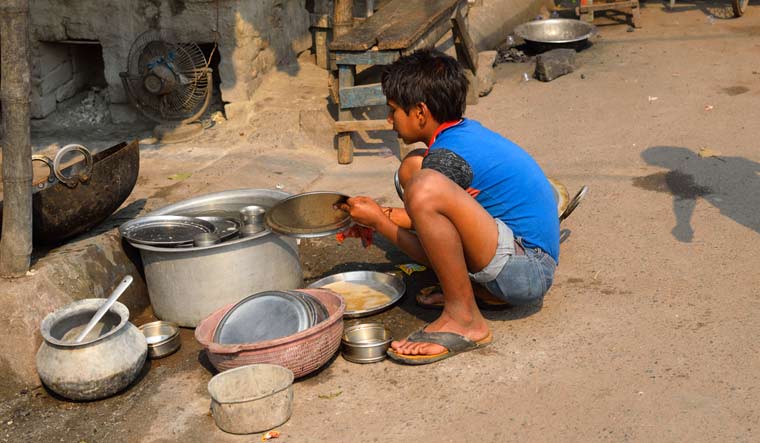Child labour is a social evil that has grappled and adversely impacted the lives of many children across the globe. As per the estimates from the United Nations (UN), one in 10 of all children worldwide is involved in child labour. India is one among those countries where the child labour stats are high, and to curb this menace of exploitation of children, work has to be done on the grassroots level.
Most of the time, only during the “World Day Against Child Labour”, which is observed on June 12, there are some sporadic actions. The 2011 census shows that the total child population in India in the age group of 5 to 14 years is 259.6 million, and that 10.1 million of this population are working. There is a need for a social reform and one such story from Nizamabad district of Andhra Pradesh is worth mentioning, wherein constant and effective efforts by Asok Kumar G, IAS, former Collector and District Magistrate, led the district to become child labour-free,
Nizamabad was a district known for the prevalence of child labour. Lots of children in the district were engaged in the ‘beedi’ industry. It was said that the dowry rate of a bride-to-be in the district was based on the number of beedis she could roll. The more the beedis the lesser the dowry amount!
In a bid to tackle this social evil of child labour, the government of India launched the National Child Labor Project (NCLP) under the Department of Labour. Under the project, the government had identified Nizamabad as a child labour prone district and had started 34 NCLP schools in the district in 1994 itself. About 1400 girls were studying in the 34 non-residential bridge schools of the project in the district in 2001.
“The successful drive against child labour practices in Nizamabad was the outcome of a dream translated into action, by breaking it down into very micro-level tasks after careful planning based on brainstorming sessions with sincere volunteers and discussions with the stakeholders; by sustained concentrated efforts put in by a set of committed people and total involvement of the community.” - Asok Kumar G., IAS
The bridge schools were established with an aim to facilitate children, who have dropped out from schools, to come up to the level of the students of their age and get mainstreamed in regular schools. Once all such children in an area are mainstreamed, the bridge school should be discontinued there or shifted to a new area where similar children are available.
In the year 2000, the Government of Andhra Pradesh directed the State Project Director (SPD) of DPEP (District Primary Education Program) to identify four mandals in every district to be taken up for a special drive for Universalization of Elementary Education (UEE). In Nizamabad, the four mandals—Veilpur, Renjal, Yedpally and Nandipet—were identified to be taken up to achieve 100 percent enrolment of children of the age group 5–14 years under the UEE scheme. Some preliminary surveys were taken up in a routine manner and statistics obtained were sent to the state headquarters in the normal way.





